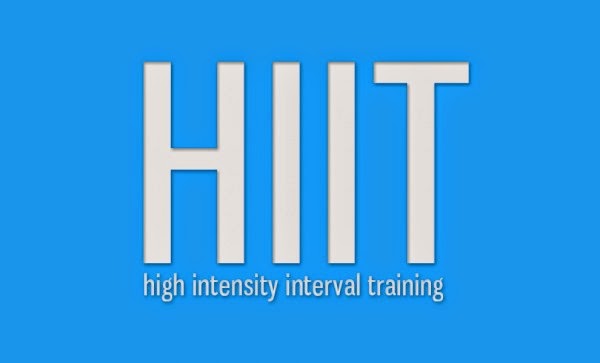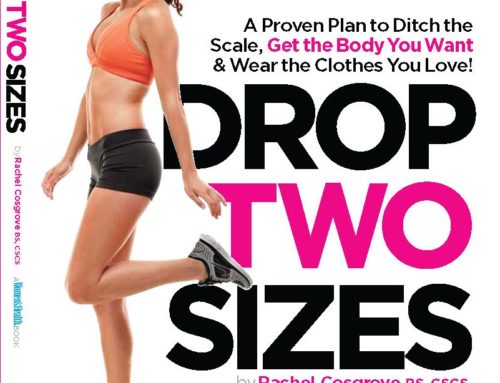I am a big fan of High Intensity Interval Training. It’s a short and to the point workout and it gets you GOING. Make no mistake about it though: It is tough! I do a 10 minute HIIT workout as part of my own fat loss program and it is the LONGEST 10 minutes ever. I wanted to highlight some FAQ’s about HIIT training.
Benefits of HIT Training
- Works from the cellular level – HIIT increases the mitochondria which is the energy center of a cell. The increase in mitochondrial density increases the amount of energy available to the working muscle meaning you can run longer…faster.
- Leads to more effective fat burning and carbohydrate breakdown – In the February 2012 IDEA Fitness Journal it was reported that: Fat Burning was significantly higher after 6 weeks of interval training (Perry 2008) and In as little as 2 weeks, there was a significant shift in fat burning after 2 weeks (Talanian 2007)
- Exercise Post Oxygen Consumption or “Afterburn”: After an exercise session, oxygen consumption is elevated as your body tries to recover from your session. What’s also elevated? Your caloric expenditure. This means that even after your workout is finished you are still burning calories at an elevated rate.
Isn’t that awesome! Less time and also a great Return on Investment.
Some Caution about HIIT
It’s not supposed to be done every day
More is not better. High Intensity Interval Training is awesome but it is also strenuous. You should not be able to perform 5 HIIT sessions in a week. If you are, then I doubt you are doing true HIIT. It takes a toll on your body as it should. It’s high intensity exercise.
Save your joints and other tissues and only perform HIIT workouts at a maximum of twice per week. I have noticed some gyms and boot camps offering HIIT workouts 5x per week and telling members it is fine to perform these exercises every day. Think of this as the Law of Diminishing Returns. More = Diminishing Recovery and performance.
Remember: You should be working on other components of fitness in addition to HIIT to avoid injury and to improve performance while doing HIIT.
Don’t Start off with HIIT if you are new or just coming back to exercise
I have watched clueless trainers start a new client off with intense exercising. This is after the client told them they sit all day and haven’t exercised in 3 years, but they want to show off so they preach “HIGH INTENSITY INTERVAL TRAINING” during the session.
No. First you need to improve form, technique, range of motion, movement patterns, and conditioning before launching into HIIT.Give yourself about 8-12 weeks before incorporating a HIIT workout into your routine.
Start Slowly and add on from there
10 minutes is plenty to start off with and then you can add gradually. I really don’t believe in anything longer than 20 minutes. After you are finished, then you can finish up with some lower intensity steady state cardio to give the joints a break and to allow yourself to recover. Your heart rate will remain high and you will still be burning calories at a higher level.
Types of HIIT
High Intensity Interval Training can be performed on the traditional cardio machines such as: the treadmill, a bike, or the stepmill but you can also use equipment such as dumbbells, barbells, kettle bells, medicine balls, or even your own body weight.
The possibilities are endless. Stay tuned for a sample HIIT workout!!






Leave A Comment